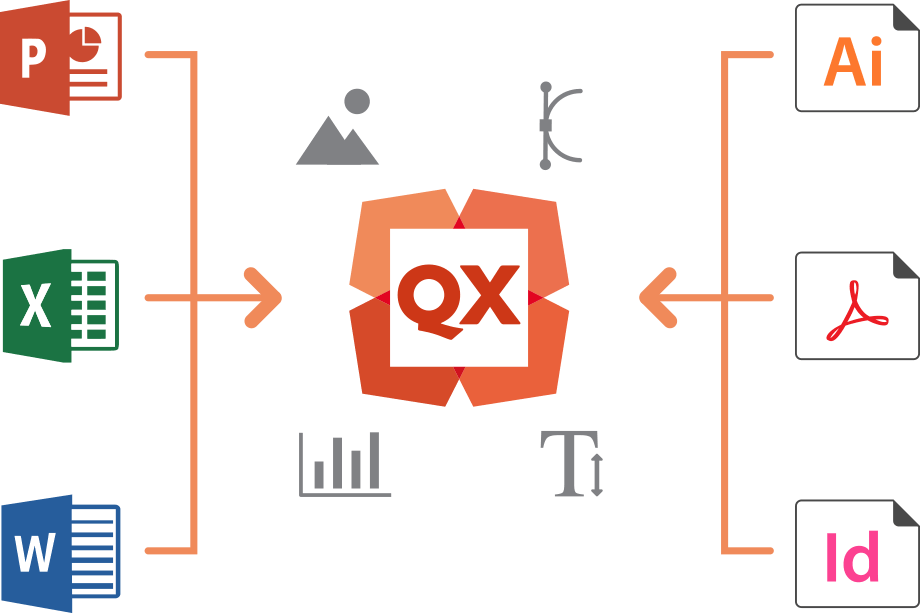
C Program For Convolutional Code Matlab Online Version
Contents • • • • • • • • • • • • • • History [ ] Convolutional codes were introduced in 1955. It was thought that convolutional codes could be decoded with arbitrary quality at the expense of computation and delay. In 1967 determined that convolutional codes could be maximum-likelihood decoded with reasonable complexity using time invariant trellis based decoders — the. Other trellis-based decoder algorithms were later developed, including the decoding algorithm. Recursive systematic convolutional codes were invented by around 1991. These codes proved especially useful for iterative processing including the processing of concatenated codes such as.
Viterbi decoding algorithm for Convolutional codes. Convolutional codes k into n-bits of information bits, but k and n is usually small, especially in serial form for transmission delay small. Convolutional coding and Viterbi decoding. MATLAB code convolutional coding and Viterbi decoding, process from the English version of modern communication systems using MATLAB, man with a good:)-convolutional codes, Viterbi decoding MATLAB code and procedures from the 'modern communication systems-using Matlab' in English, with a good person.
Using the 'convolutional' terminology, a classic convolutional code might be considered a (FIR) filter, while a recursive convolutional code might be considered an (IIR) filter. Where convolutional codes are used [ ] Convolutional codes are used extensively to achieve reliable data transfer in numerous applications, such as, radio,.  These codes are often implemented in with a hard-decision code, particularly. Prior to such constructions were the most efficient, coming closest to the. Convolutional encoding [ ] To convolutionally encode data, start with k, each holding one input bit.
These codes are often implemented in with a hard-decision code, particularly. Prior to such constructions were the most efficient, coming closest to the. Convolutional encoding [ ] To convolutionally encode data, start with k, each holding one input bit.
Unless otherwise specified, all memory registers start with a value of 0. The encoder has n modulo-2 (a modulo 2 adder can be implemented with a single, where the logic is: 0+0 = 0, 0+1 = 1, 1+0 = 1, 1+1 = 0), and n — one for each adder (see figure below). An input bit m 1 is fed into the leftmost register.
Using the generator polynomials and the existing values in the remaining registers, the encoder outputs n symbols. These symbols may be transmitted or punctured depending on the desired code rate.
Now all register values to the right ( m 1 moves to m 0, m 0 moves to m −1) and wait for the next input bit. If there are no remaining input bits, the encoder continues shifting until all registers have returned to the zero state (flush bit termination). Rate 1/3 non-recursive, non-systematic convolutional encoder with constraint length 3 The figure below is a rate 1⁄ 3 ( m⁄ n) encoder with constraint length ( k) of 3. Generator polynomials are G 1 = (1,1,1), G 2 = (0,1,1), and G 3 = (1,0,1). Therefore, output bits are calculated (modulo 2) as follows: n 1 = m 1 + m 0 + m −1 n 2 = m 0 + m −1 n 3 = m 1 + m −1. Recursive and non-recursive codes [ ] The encoder on the picture above is a non-recursive encoder.

Here's an example of a recursive one and as such it admits a feedback structure. Rate 1/2 8-state recursive systematic convolutional encoder. Used as constituent code in 3GPP 25.212 Turbo Code. The example encoder is because the input data is also used in the output symbols (Output 2).
Codes with output symbols that do not include the input data are called non-systematic. Recursive codes are typically systematic and, conversely, non-recursive codes are typically non-systematic. It isn't a strict requirement, but a common practice. The example encoder in Img. Is an 8-state encoder because the 3 registers will create 8 possible encoder states (2 3). A corresponding decoder trellis will typically use 8 states as well.